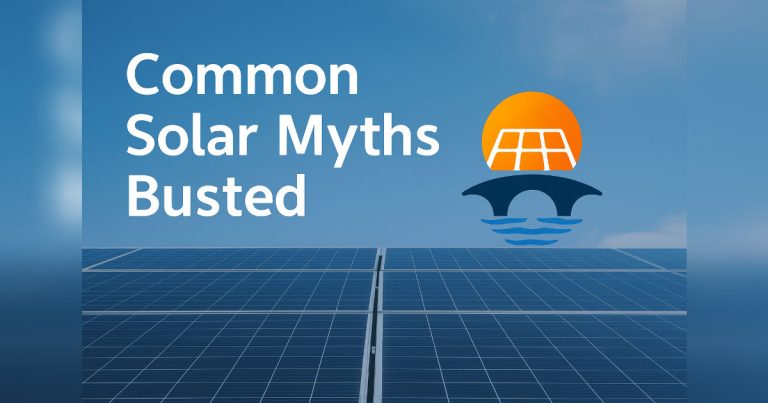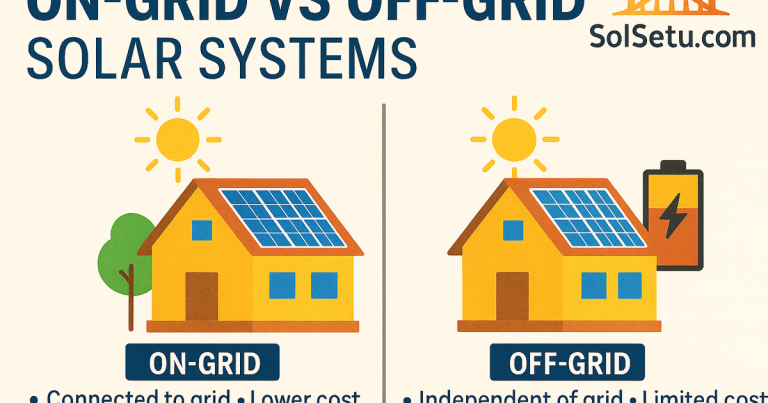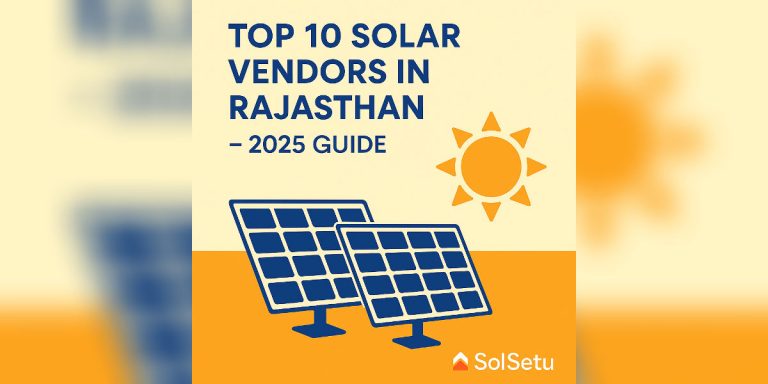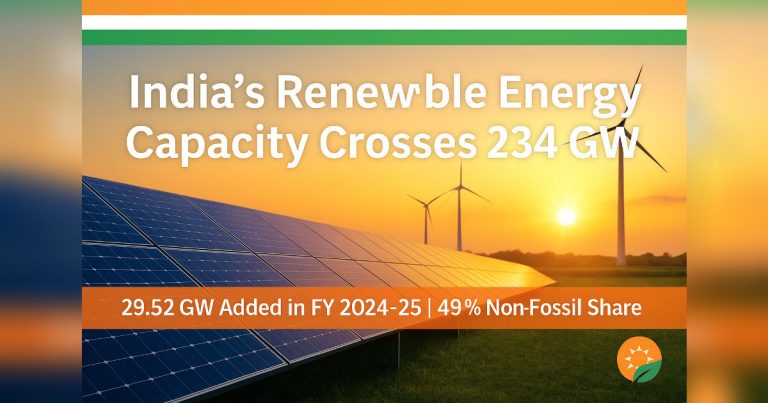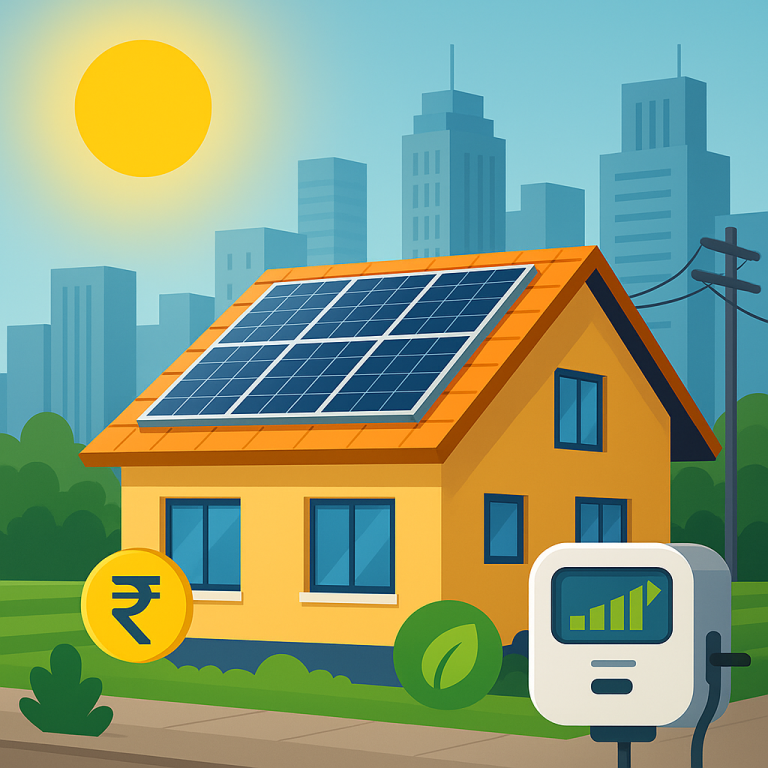Solar Financing 2025: Best Banks, EMI Options, and Government Subsidies

Solar Loans in India 2025: Top Banks, EMI Options & Government Subsidies
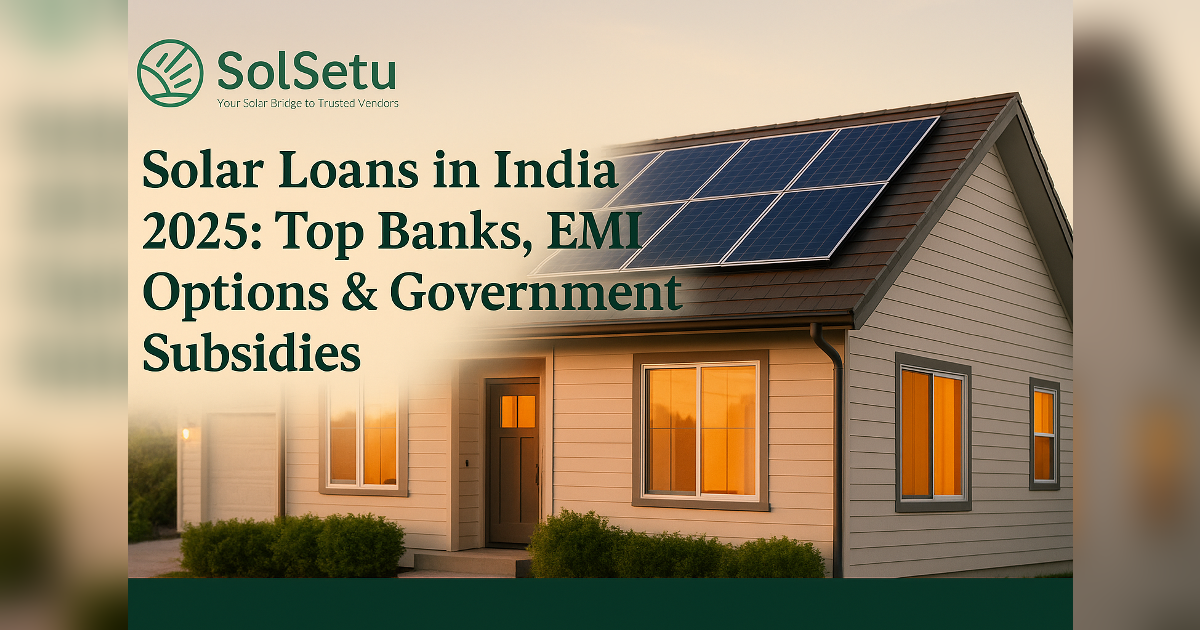
Installing rooftop solar in 2025 is more affordable than ever — thanks to central subsidies (PM Surya Ghar), state top-ups, and an expanding list of banks offering dedicated solar loans or top-up options. This guide breaks down which lenders to consider, the smart EMI strategies, and how subsidies change your payback math. :contentReference[oaicite:0]{index=0}
1. Who’s lending for rooftop solar — the short list
As of 2025, a wide range of public and private sector lenders and NBFCs provide solar finance — including SBI, PNB, Canara Bank, Bank of Baroda, HDFC Bank, ICICI Bank, IDBI and specialised partners such as Electronica Finance, MySun and Ecofy. Public Sector Banks have also been active in sanctioning rooftop solar loans under government schemes. :contentReference[oaicite:1]{index=1}
- SBI: Dedicated “SBI Surya Ghar” and rooftop loan products with tailored brackets and digital application portals. :contentReference[oaicite:2]{index=2}
- PSBs (PNB, Canara, BoB etc.): Collateral-free small loans for residential systems; active tie-ups under PM Surya Ghar. :contentReference[oaicite:3]{index=3}
- Private Banks & NBFCs: HDFC, ICICI & specialised clean-energy financiers (Electronica, Ecofy) provide competitive EMIs and flexible repayment terms. :contentReference[oaicite:4]{index=4}
2. Which EMI route is best?
There are three common EMI approaches for homeowners:
- Dedicated solar loan: Product designed for solar capex; often collateral-free for small ticket sizes (≤₹6 lakh) and available at concessional rates under government tie-ups.
- Home loan top-up: If you have an existing home loan, a top-up can offer longer tenors and lower EMIs — good for spreading cost across many years. :contentReference[oaicite:5]{index=5}
- Personal loan / consumer finance: Fast disbursal but usually higher interest; best for very small systems or when speed matters.
Smart tip: combine a dedicated solar loan with applicable subsidies (see next section) — that lowers the financed amount and improves monthly cashflow.
3. How subsidies change the numbers (PM Surya Ghar & MNRE)
The central government’s PM Surya Ghar (Muft Bijli) scheme continues to be the single largest accelerator for residential rooftop solar. Typical central assistance is benchmarked per kW (for example, ₹18,000 per kW in many states), and state governments frequently add top-ups — in some cases bringing the effective subsidy up to ₹1.08 lakh for a 3 kW system (central + state). That means the loan required after subsidy can be dramatically smaller. :contentReference[oaicite:6]{index=6}
The MNRE’s Grid Connected Rooftop Solar Programme and other incentives (including DISCOM-level generation-based incentives in some states) further improve payback. For lenders, many of the PSU bank tie-ups factor these subsidies in to offer lower EMI calculations and faster approvals. :contentReference[oaicite:7]{index=7}
4. Practical example (3 kW system)
Example (approximate): 3 kW system cost ₹1,80,000 → central + state subsidy ≈ ₹58,000 (varies by state) → amount to finance ≈ ₹1,22,000. At a 6.5% interest rate for 5 years, EMI ≈ ₹2,365 — significantly less than pre-subsidy EMIs and often lower than monthly electricity bills for many households. (Replace with exact local subsidy and bank rate when preparing a quote.) :contentReference[oaicite:8]{index=8}
5. Checklist before you apply
- Confirm the exact subsidy amount for your state / DISCOM via JanSamarth / MNRE portals. :contentReference[oaicite:9]{index=9}
- Ask vendors for a detailed quotation showing pre-subsidy cost, subsidy line items, and post-subsidy invoice.
- Compare total interest outgo across lenders — a slightly longer tenor at lower rate can still cost more if processing fees are high.
- If you have a home loan, compare a home loan top-up vs dedicated solar loan for tenor & rate. :contentReference[oaicite:10]{index=10}
6. Where SolSetu helps
SolSetu lists verified solar vendors and finance partners that can provide an end-to-end quote including subsidy paperwork. Browse vendor portfolios on SolSetu and request a tailored financing plan — we can match you with lenders who have rooftop solar products in your state.
